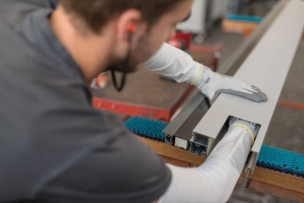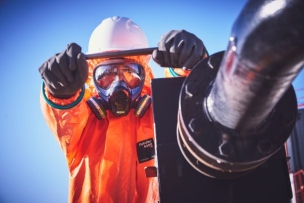Confined spaces are areas large enough for a worker to enter and perform work, have a limited or restricted means of entry or exit; and are not designed for continuous employee occupancy. The purpose of this Fatal Facts is to highlight the importance of identifying confined spaces in agricultural workplaces to prevent another fatality.
The General Duty Clause requires employers to provide employees with workplaces, including confined spaces, which are free from recognized hazards likely to cause death or serious physical harm. Agricultural operations are covered by several Occupational Safety and Health standards including Agriculture (29 CFR 1928) and parts of General Industry (29 CFR 1910), as well as the General Duty Clause of the Occupational Safety and Health Act (section 5(a)(1)). OSHA’s confined spaces standard at 29 C.F.R. 1910.146 does not apply to agricultural operations, but serves as a guide for how to prevent these accidents.





Talk to Us!
Leave a reply
Your email address will not be published. Required fields are marked *